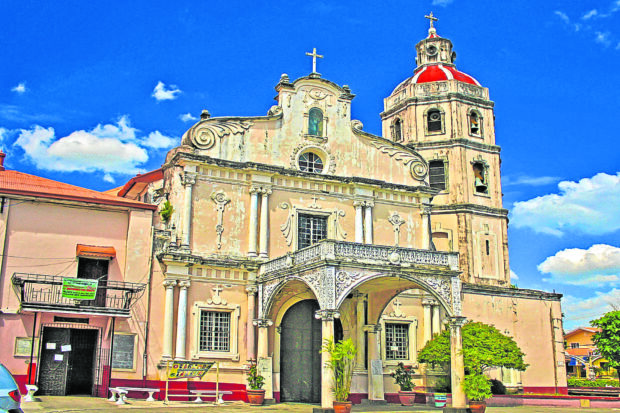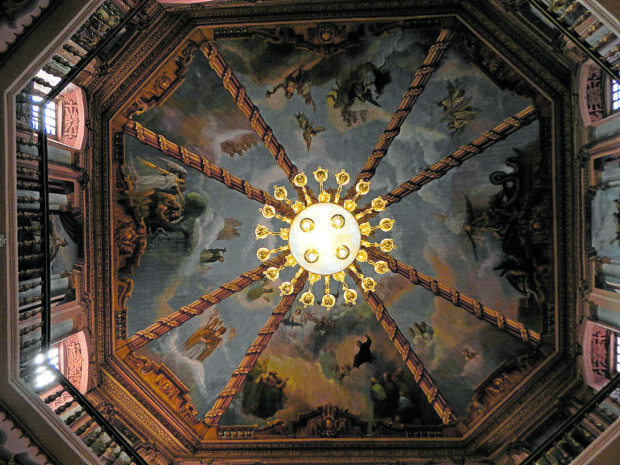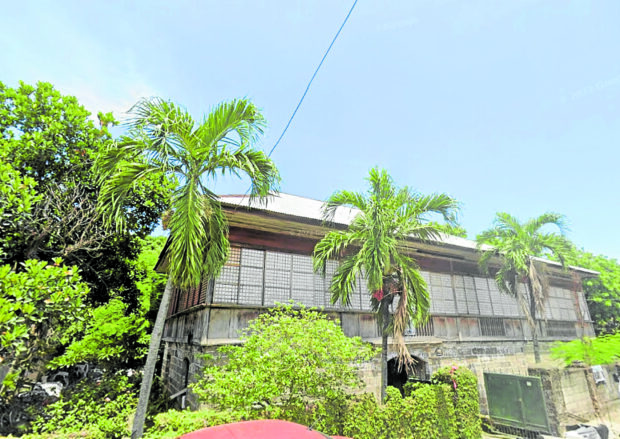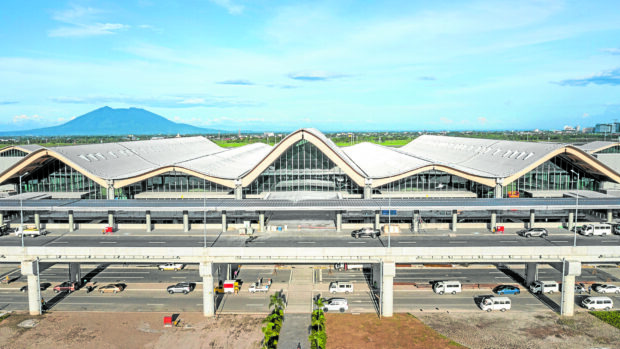Pampanga’s architectural treasures
Ask almost anyone about what Pampanga has to offer, and what they will most probably tell you are its gastronomic delights—lechon, sisig, and tokwa’t baboy—and the looming shadow of Pinatubo, with images of lahar and blasted rivers and plains.
What is not generally well-known is that this province has a wealth of distinctive architecture that is indicative of both its glorious past as well as a long-simmering but imminent resurgence.
Here are four prime examples of Pampanga’s architecture that not only stand on their own merit, but also tell the story of the province which has served for centuries as—and one day may again be—the heart of northern Luzon.
Betis Church
Old churches are typically the most resilient, prominent, and impressive edifices that have managed to come to us from the distant past due to their size and materials used, and most importantly because most have been in continuous use ever since they were built.
At first glance, Betis Church in Guagua seems to have been cut from the same cloth, with the delicate curves of its façade the only indication of the wonders to be found inside.
Upon entry, it is immediately evident why this church is truly one of the most noteworthy in the country. Magnificent paintings decorate almost its entire interior, from the walls all the way up to the ceiling—most awe-inspiring of which are those that accentuate the view as one looks up into the roof from the center of the transept below.

Magnificent paintings decorate almost its entire interior, from the walls all the way up to the ceiling.
They were done in the 1930s by a local master craftsman named Macario Ligon, and were restored during the ’70s and ’80s by his apprentice, Victor Ramos. The effect achieved is probably among the best one can get without actually going to a Baroque church in Europe. It also speaks of the wealth and power that Kapampangans commanded in centuries past.
Casa Sulipena
During Spanish colonial times, Pampanga was the hub of commerce in Central and Northern Luzon, while the barrio of Sulipan in present-day Apalit was, in turn, one of the most important hubs of the province owing to its strategic location along the Pampanga River.
The Arnedos of Sulipan became one of the main beneficiaries, and their mansion, known as La Sulipena, became one of the most noteworthy places to visit due to its legendary reputation for hospitality. The opulent banquets they held, which featured a mix of European and Kapampangan cuisine, were so highly regarded that their guest list included people such as associates of the Governor General and Archbishop of Manila, members of the Filipino aristocracy like the Roxases and Paternos, and even foreign dignitaries, reputedly among them being the King of Cambodia at the time, the uncle of the ill-fated Russian Tsar Nicholas II, and even future U.S. President William Howard Taft.
Jose Rizal is perhaps the most notable guest of the house, who visited several times throughout his life—the last, it is said, being the one before he was fatefully arrested and exiled to Dapitan.
Though the house today is not in good condition, its history alone is worth a visit, even if only from the outside—imagining how the waterways around it brought untold riches into its owners’ coffers, as it was not open to the public. If you plan to make the trip someday, make it sooner rather later as Sulipan’s many historic houses are threatened by time, the march of progress, and neglect.
San Fernando Station
Get a glimpse of what travel by rail must have been like in colonial times in San Fernando through this historic station.
Inaugurated in 1892, it was one of the most important points along the Manila-Dagupan railway as San Fernando was an important center of sugar production in the country. Its brick walls were witness to events such as Rizal’s efforts to promulgate La Liga Filipina, the growth of San Fernando into the important city it would eventually become, and even the Bataan Death March.
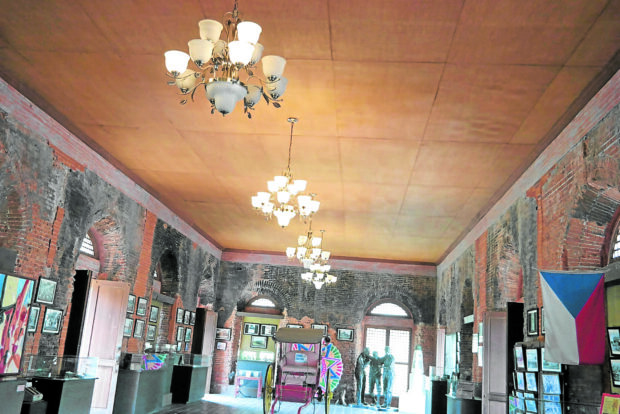
Inaugurated in 1892, it was one of the most important points
along the Manila-Dagupan railway as San Fernando was an
important center of sugar production in the country.
What is most intriguing about the San Fernando Station, however, is that it serves as possibly the last reminder of how a form of transportation of people, goods, and services could have had such a profound impact because of the sheer efficiency that could be had through its system.
Most Filipinos will probably not recognize the elegant Neoclassical structure of the train station as they have been accustomed to the more utilitarian structures of today’s transport infrastructure. The government, fortunately, has made significant efforts to preserve its structure and history.
The future seems bright for this edifice, though, as San Fernando is once again one of the main stops along what will be the North-South Commuter Railway,
Clark International Airport
In recent decades, there has been a steady stream of genuine architectural wonders built solely for public use, such as the Mactan International Airport, the retrofitted historic building housing the National Museum of Natural History, and the latest, the new passenger terminal of Clark International Airport in Pampanga.
Its distinctive undulating roof, meant to invoke the forms of prominent mountains in its vicinity, covers a staggering 11 ha of total floor area. Inside, the laminated wood roof framing is completely exposed, putting both the technological wonders employed in its design and construction as well as the visual softness and warmth lent by the material itself on full display to inspire awe and calm in the users’ experience.
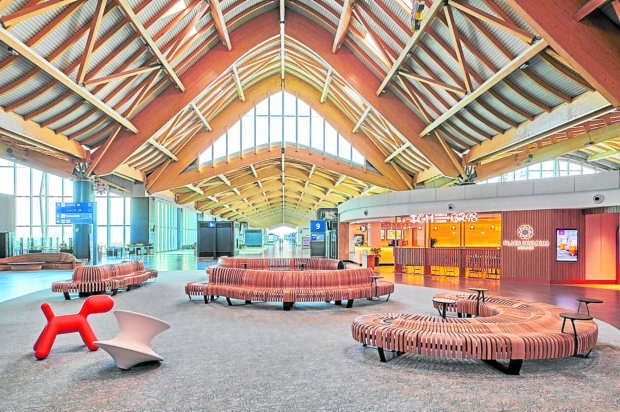
Its distinctive undulating roof, meant to invoke the forms of prominent mountains in its vicinity, covers a staggering 11 ha of total floor area.
With the North-South Commuter Railway also set to have Clark International Airport as one of its stops, Pampanga, it seems, is set to take off once again as one of the country’s foremost hubs of development and culture.
Sources: https://en.wikipedia.org/wiki/Betis_Church; https://web.archive.org; https://blogs.inquirer.net; Center for Kapampangan Studies—“The Camelot of Pampanga”—https://www.facebook.com/haucks; GMA Public Affairs—“Ang Lihim ng Casa Sulipena”—https://www.youtube.com/watch?v=sU-YMVAiEfA; https://en.wikipedia.org; https://kahimyang.com/kauswagan; https://www.sandundermyfeet.com; https://bluprint.onemega.com; https://en.wikipedia.org/wiki/Clark_International_Airport
